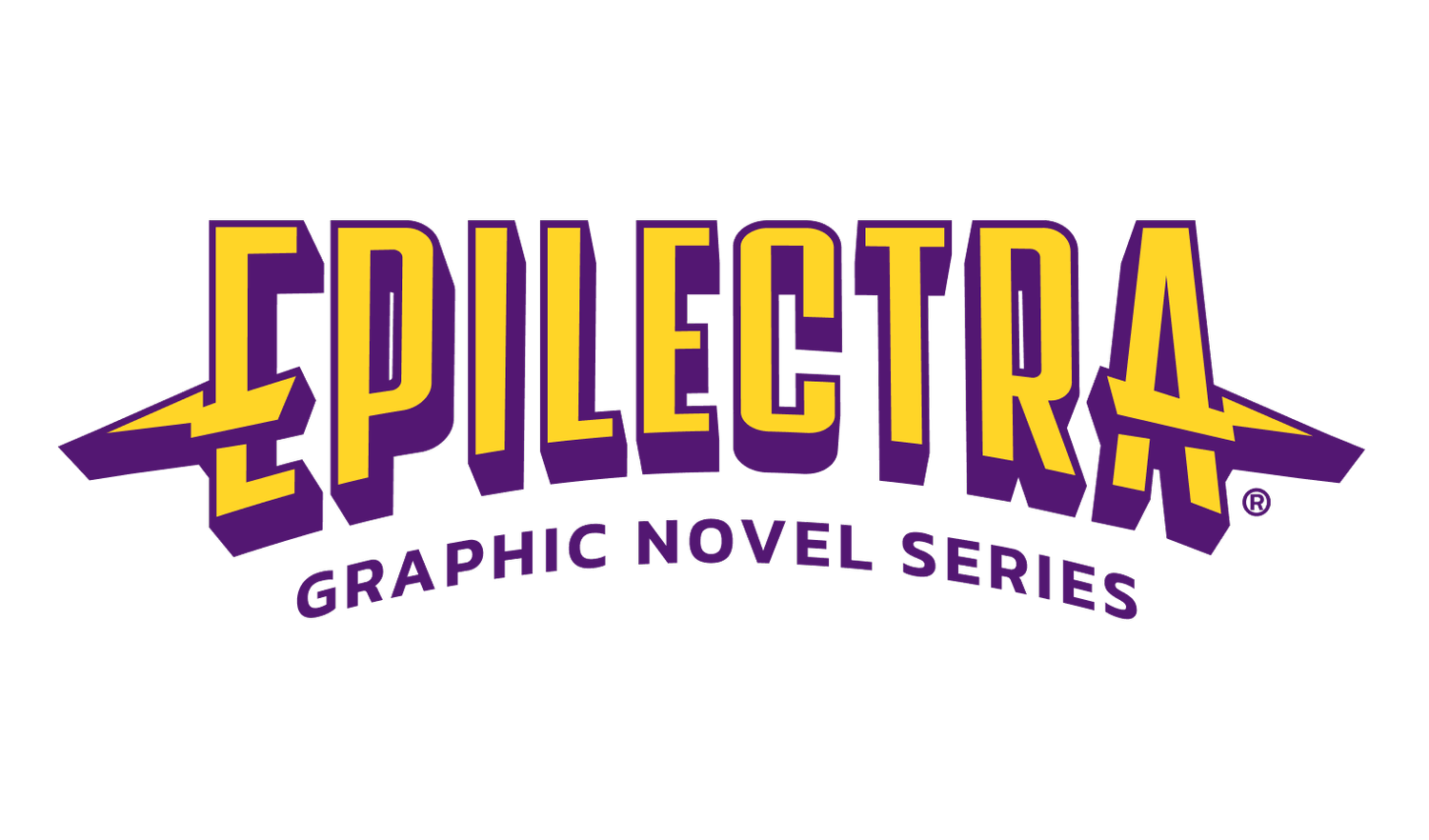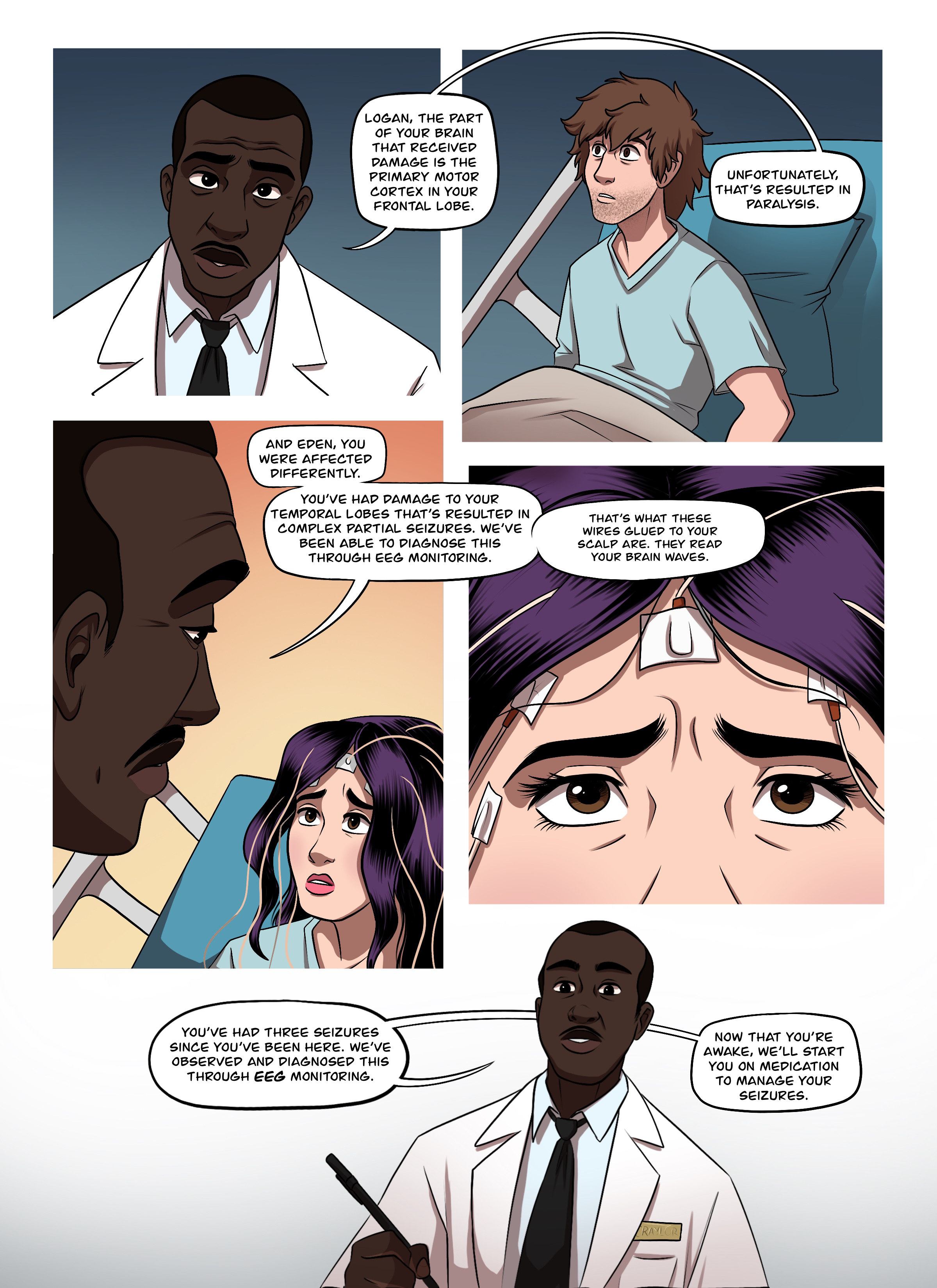Writing This Graphic Novel Is No Joke - EPILECTRA Is “Edutainment,” Full of Facts, Figures, Science, and Research
I often get asked about the difference between a comic book and a graphic novel when I introduce Epilectra as the latter. So here it is. According to AskAnyDifference.com, there are three basic differences between the two:
Sue Seserman | Creator and Author
Graphic novels are longer, self-contained stories, while comics are serialized and published in shorter issues.
The typical comic book is 22 pages. The BOOKs in the Epilectra series each contain three sequential stories. The Stories are each approximately 50 pages, making the books 150 pages long.
Graphic novels explore complex themes and narratives, whereas comics focus on episodic storytelling and lighter content.
Both Epilectra and many comics feature superheroes, but Epilectra’s superheroes have different disabilities from which their superpowers (or superabilities as they’re called in Epilectra) are derived. Epilectra examines how the heroes’ disabilities affect their lives, including their various relationships and how the heroes manage their disabilities while at the same time being public figures.
Both graphic novels and comics utilize visual storytelling through artwork, but graphic novels are generally more literary.
Epilectra is not a throwaway read. It makes you think – What would you do in that situation now? Are you able to think about disability in a different way?
Below is a sneak peek at the Epilectra origin story:
Epilectra integrates a lot of education into its pages; so much so that it can be considered “edutainment.” In addition to relaying the story of Epilectra, her team of superheroes, their assorted disbilities (based on research and interviews), and the adventures of Team SEEZ, the graphic novel series teems with information, facts, and figures gleaned from:
Biology
Chemistry
Arachnology
Anthropology
World history
World affairs
Geography, and
Meteorology.
“Sue took care to ensure all the story elements she relates are based in reality,” shared Epilectra Project Manager, Becca Cooper. “For instance, what happens to Eden and Logan Rivers after they get struck by lightning in the Origin Story, SEEZation, can really happen. You can develop epilepsy. You can become paralyzed. And you can become a savant in something. You just can’t start shooting lightning from your fingers. Here she stretches the truth for story’s sake,” said Becca.
Portraying the disabilities of the various superheroes realistically was a priority, both in terms of how they impact the lives of the people with disabilities and the people who love them. I know from personal experience that relationships can shift a little when the person you love goes from being your spouse to being your spouse and your caretaker.
Becca Cooper Leebove, Epilectra Project Manager
Professor Goggle was extremely helpful in collecting information about the different disabilities. But when it came to better understanding the effect they had on relationships, I talked to actual humans about the different disabilites represented in Epilectra. I also used Google to create a survey to find out what terminology was preferred by people with autism: Autistic/autism or On the Spectrum. My results led me to use the term Autistic when referring to my character, Aupticus. Aupticus is introduced in Epilectra BOOK 2 Story 5: Neuron Navigator.
Specific facts and figures to make settings more realistic; Epilectra takes place in New York City, and throughout the BOOKs there are references to neighborhoods, streets, landmarks, the rivers, the parks, and more. If the reader is a New Yorker, they’ll be able to relate to many of the geological details in the stories: and if they’re not, these references will still bring a greater sense of reality to the BOOKs. Some of the research I did while writing Epilectra BOOKs 1 and 2 led me to very interesting discoveries. I now know how spiders spin their silk and how big the largest spider ever documented is (it’s a male Goliath birdeater spider or Theraposa Blondi). This arachnid has a leg-span of 11” and was discovered in Venezuela. You should know that’s nothing compared to Archie, the hungriest arachnid of all time, who resides in the undergrowth of Central Park and measures 52” from leg to leg. Archie also makes his appearance in Epilectra BOOK 2, Story 5.
For more info on all the characters in Epilectra – superheroes and adversaries – go to the Epilectra website at www.Epilectra.com.




